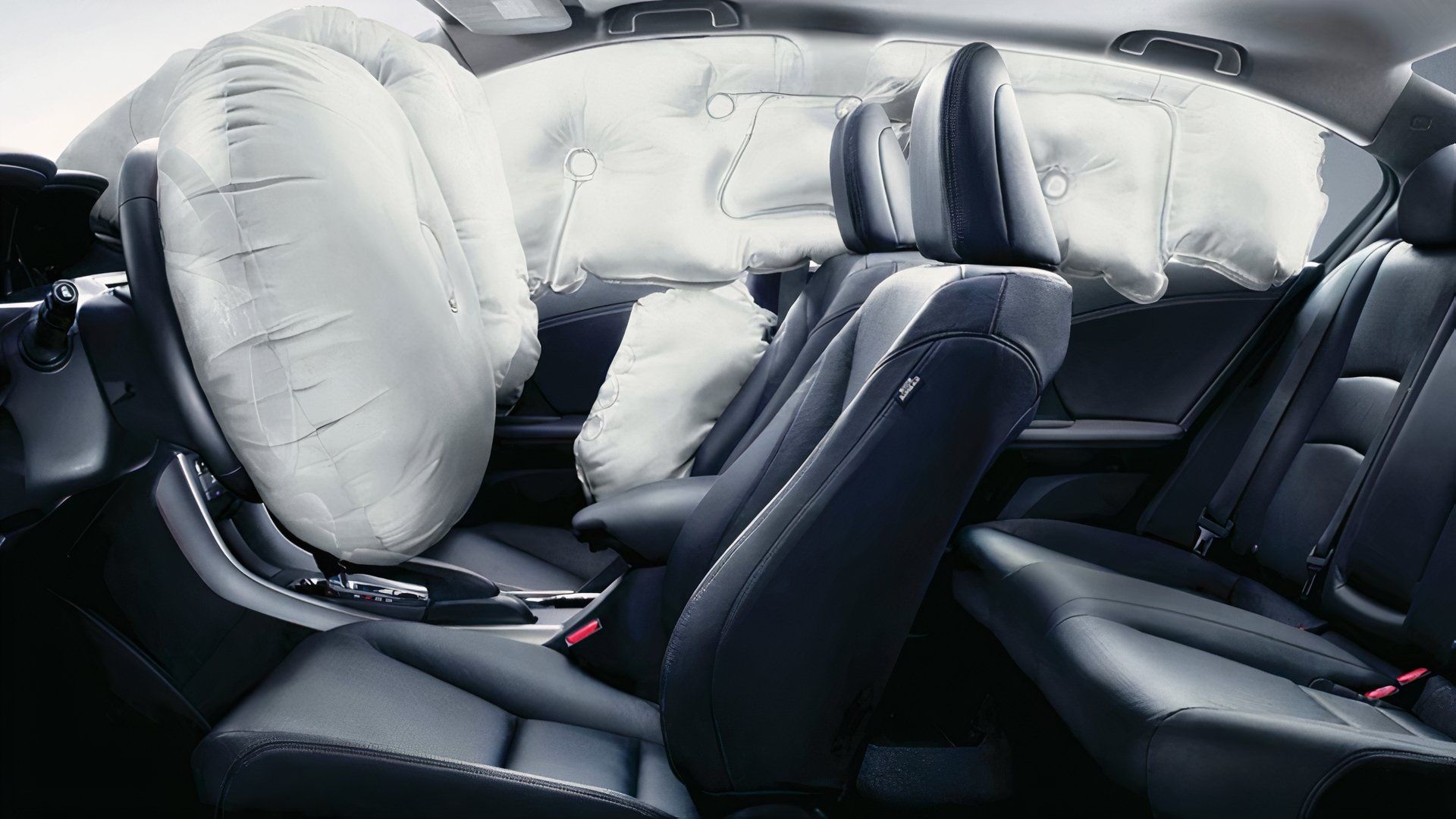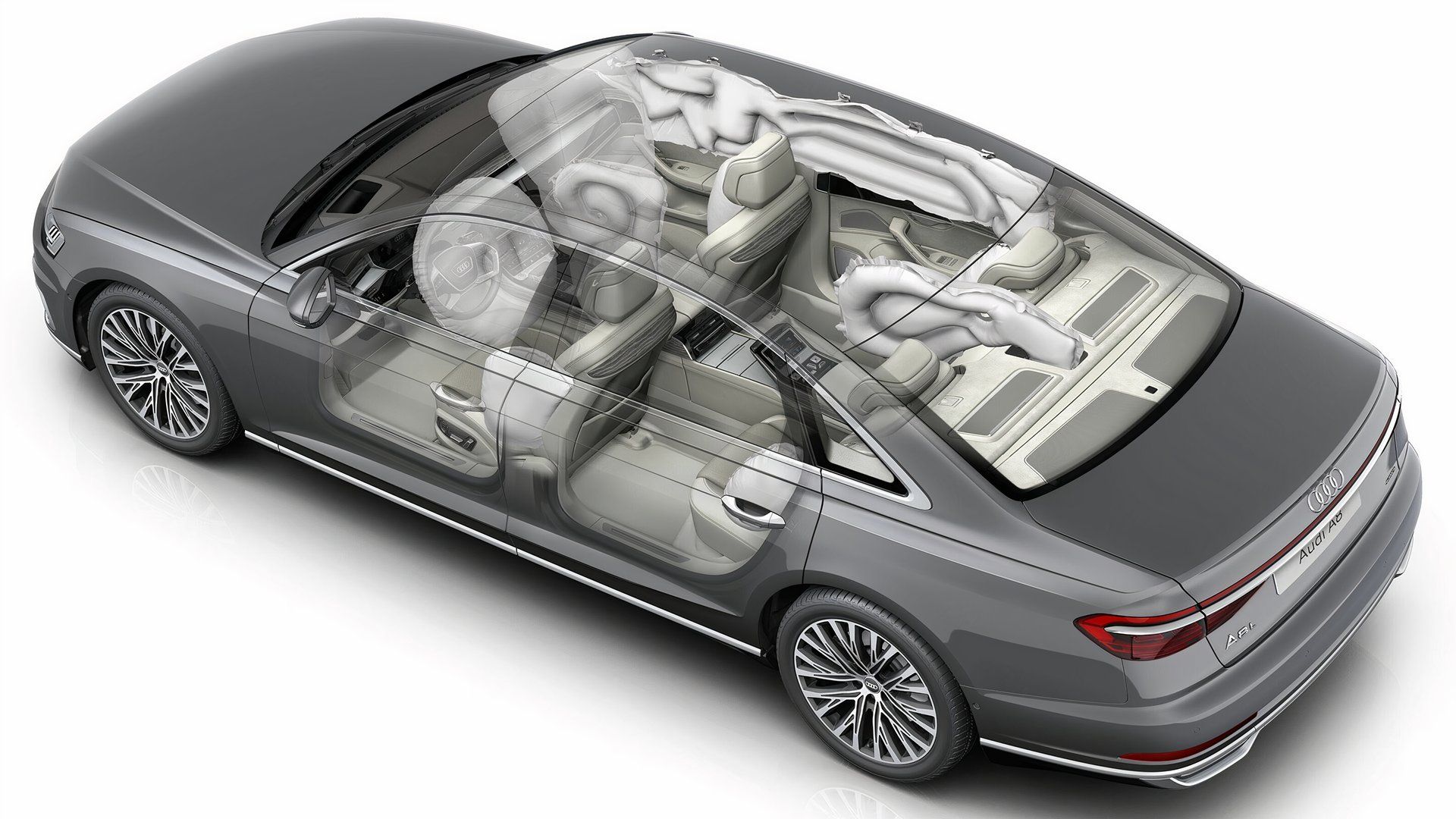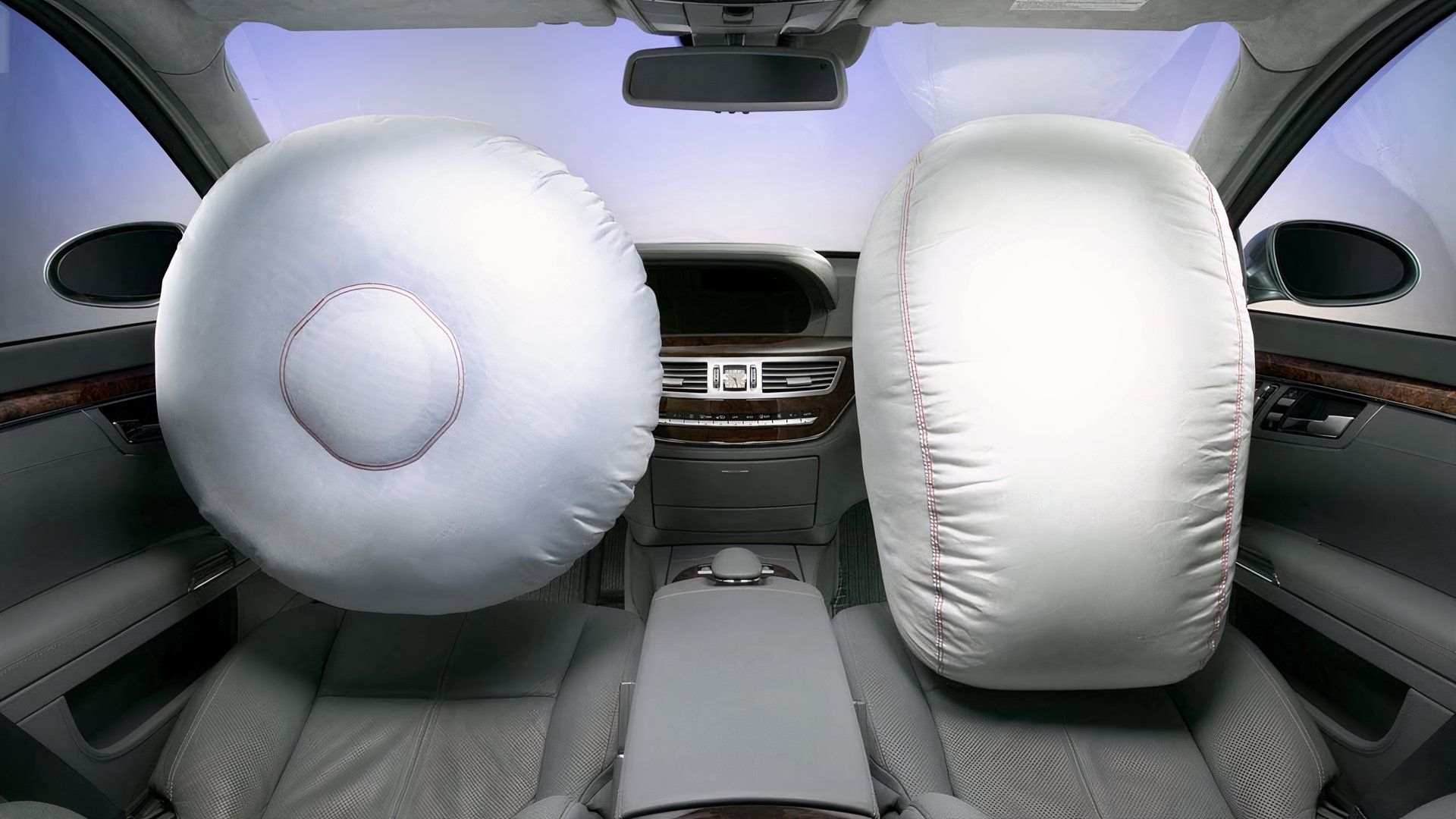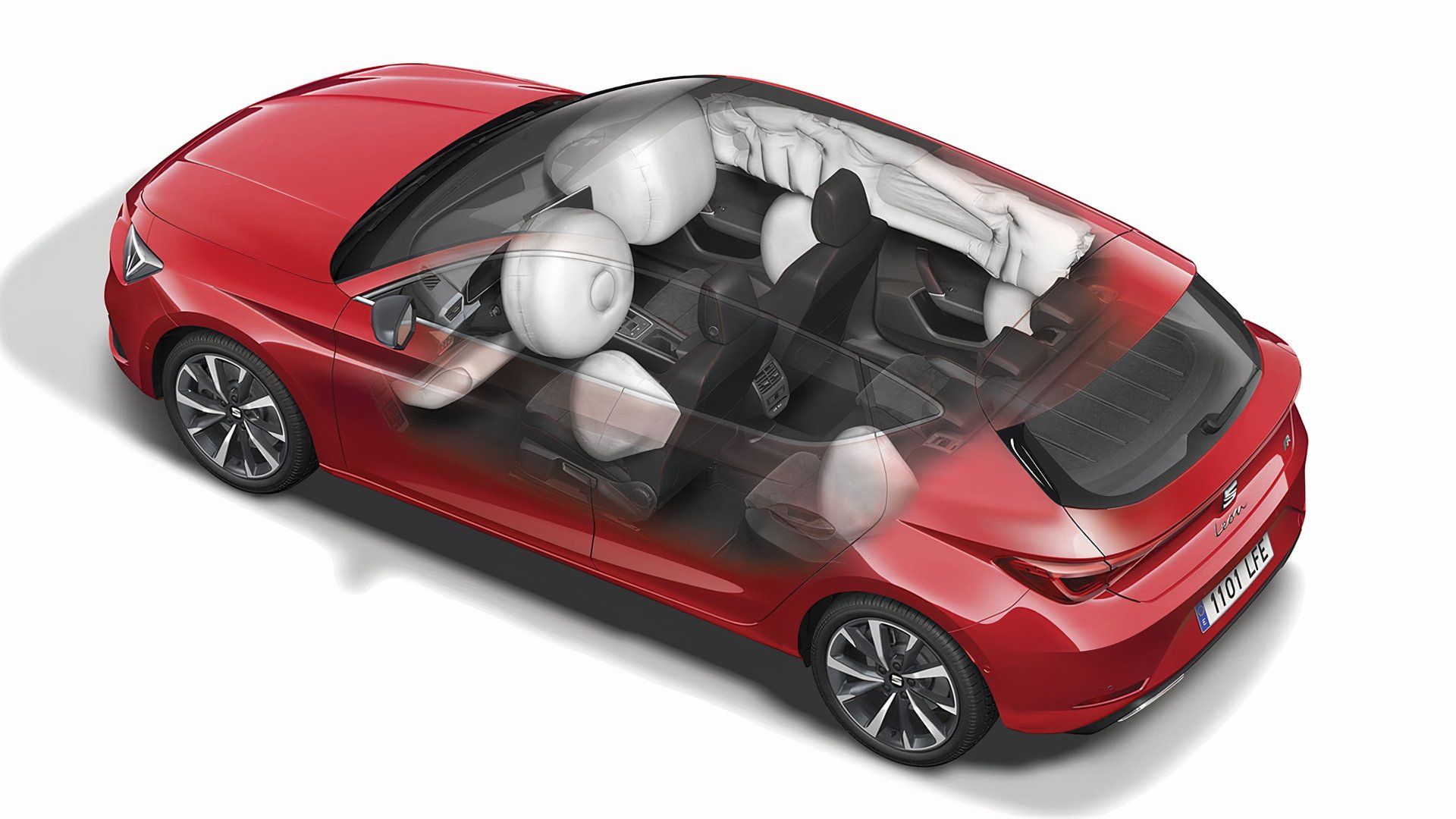Airbags have become a crucial safety feature in cars, but their journey began long before they became standard. In the 1920s, UK dentists Arthur Parrott and Harold Rounds created a patent for an inflatable device to protect pilots in airplane crashes.
How The Airbags Back In The Days Bought A Big Revolution In Car Safety
In the 1950s, American John Hetrick and German Walter Linderer separately developed the idea for airbags in cars, but it wasn’t until the 1980s that they became common. Airbags faced many challenges, such as how fast they needed to deploy and how to detect a crash accurately. Despite these issues, constant improvements have made modern airbags highly effective.

Mercedes-Benz was the first to put a standard airbag in a car in 1981, and Porsche made front airbags standard in its 944 Turbo model in 1987. Chrysler was an early adopter, making driver’s airbags standard on all new cars by 1989. In 1991, US laws required all cars made after September 1, 1998, to have front airbags. By 1993, many brands like Lincoln, Jeep, and Dodge had made airbags standard.
Early airbag designs had issues with deployment speed and reliability. The first systems used compressed air, which was too slow. Later, a Japanese inventor, Yasuzaburō Kobori, used an explosive charge for quicker deployment. Allen K. Breed developed a sensor that could deploy an airbag within 25 milliseconds of a crash.
Early airbags were large and sometimes caused injuries due to the force of deployment. Initially, airbags were only for the driver, but later models included passenger airbags with an option to deactivate them when not needed.

Manufacturers eventually added side-impact airbags and rear outboard passenger protection. Volvo introduced standard side-impact airbags in 1995, and other companies followed with innovations like knee airbags and head protection airbags.
Some cars now have rear window airbags, seatbelt airbags, and even external airbags for pedestrians. Modern cars have airbags that deploy from the ceiling during a rollover to protect occupants.
A major recall happened when Takata’s airbags were found to have faulty inflators that could explode and cause injuries. Over 100 million airbag modules were recalled worldwide, with many repaired or replaced in the US.

Future airbags will focus on being lighter, smaller, and faster to deploy. New technologies might predict collisions before they happen for even quicker deployment. Airbags have come a long way since their early days and continue to make cars safer for everyone.

